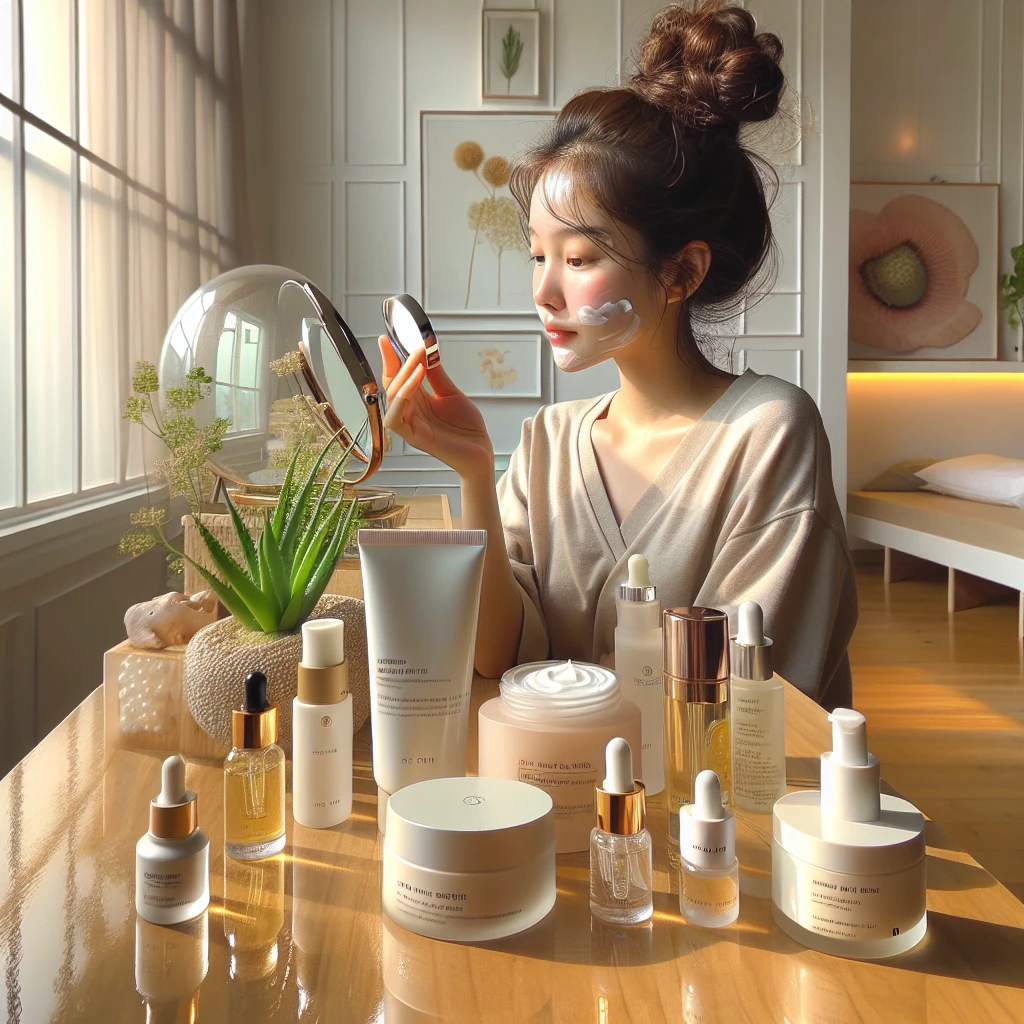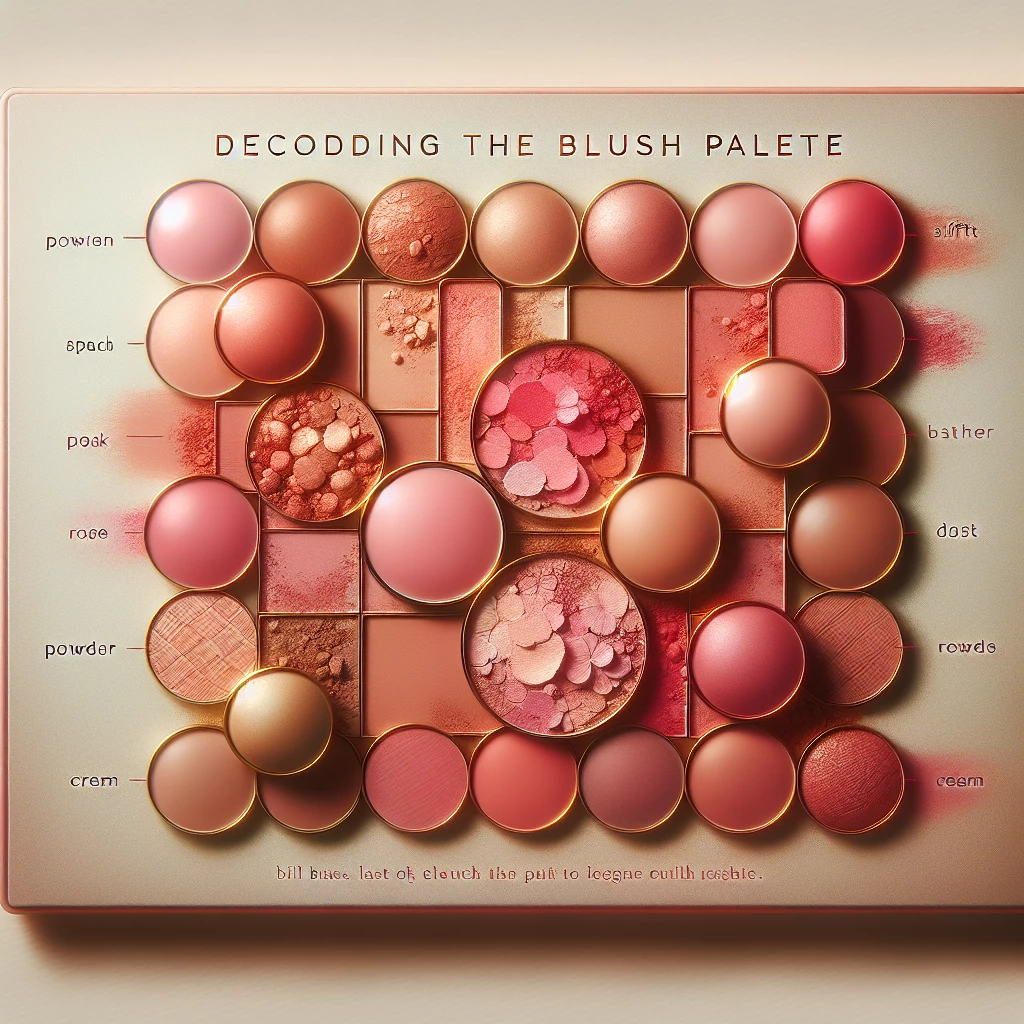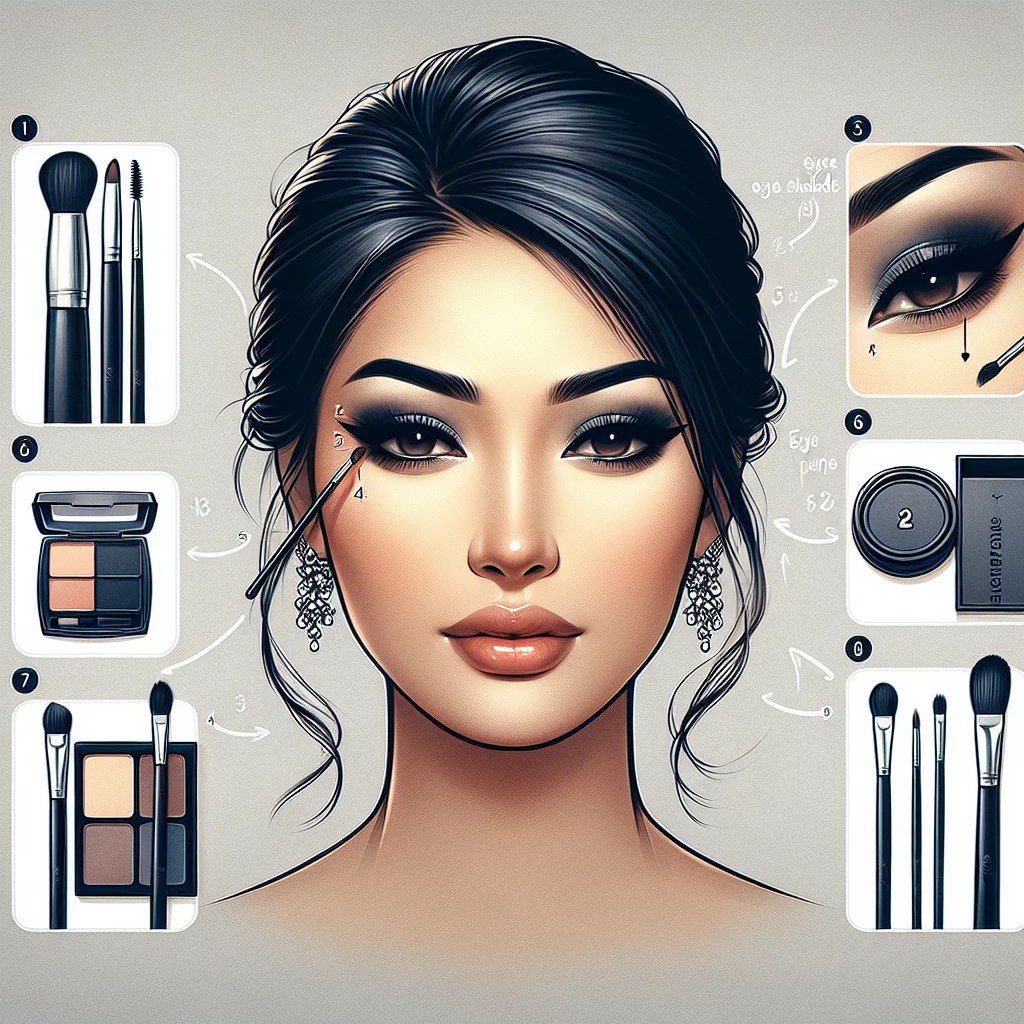Primers are the unsung heroes of makeup basics. They're the bridge that connects skin care and makeup, the guard protecting our pores from an onslaught of powders and pigments. But what is the science behind primers? Why are they so essential to achieving that flawless look, and how can we make the perfect selection? This article will delve into the formula and functions of primers, providing insights and helping every makeup queen make an informed decision.
The Role of Primers
Primers play a multi-faceted role. They smooth out the surface of skin, fill in fine lines and pores, and create a smooth canvas for makeup application. They provide a barrier between your skin and your makeup, preventing oil and sweat from breaking through. This is the first line of defense in makeup basics, the shield that allows your foundation and concealer to stay put much longer.
The science behind primers reveals that they're largely made up of silicone-based compounds that sit atop the skin's surface, providing that smoothness and pore-filling effect. Silica, a component of silicone, has light-diffusing properties that can help blur the appearance of imperfections, taking us one step closer to that flawless finish.
Primers also help in color correction and evening out the skin tone. Many come tinted - green to neutralize red, peach to counteract blue and purple under-eye circles, and lavender to brighten sallow skin. By addressing these issues early in the makeup process, we require less heavy cosmetics later on, maintaining a more natural, breathable look.
Choosing the Right Primer
With the myriad of options available, the perfect selection of primer can seem daunting. Consider your skin type, concerns, and the type of makeup you’ll be applying over it. For instance, hydration-boosting primers are ideal for dry skin, matte and oil-control primers are suited to oily skin, and color-correcting primers aid those with specific skin tone concerns.
Reading the ingredient lists can be beneficial in avoiding potential irritants, especially for those with sensitive skin. Look for primers that also offer skin-benefitting ingredients like antioxidants and vitamins.
Another consideration is the compatibility between your primer and foundation. Both should have the same base (either water, silicone, or oil) to ensure they work together seamlessly. A mismatch can result in flaking or pilling - a makeup disaster we all want to avoid.
Testing and Applying Primers
Given the varying textures of primers (gel, cream, liquid), testing them on the back of your hand can help ascertain which feel you prefer. But remember, the true test is how it performs on your face, under your makeup.
As for the application, less is more. A pea-sized amount should suffice for the entire face. Smooth it on like a moisturizer and give it a minute to sink in before you apply your foundation or concealer.
Remember, primers are not a one-size-fits-all solution. What works marvelously for one person might not work as well for you. It's all about experimenting and finding what suits your unique needs best.
Primers may seem like just another layer in the multi-step world of makeup, but they're an essential tool in creating a flawless, lasting look. The science behind them enhances their magic, revealing how they fill and blur, protect and perfect. Knowing how to make the right selection and use them effectively is a game-changer in the world of makeup. Embrace the role of primers, and let your beauty shine!

The Magic of K-Beauty
Explore the trend of Korean beauty and what makes it a global phenomenon.

Decoding the Blush Palette
A comprehensive guide to using different shades of blush for various skin tones.

Creating Smokey Eyes: A Guide
Understand the art of achieving the perfect smokey eye look for any occasion.

Unmasking Lip Gloss Trends
Dive into the world of lip gloss, tracking its evolution and the latest trends.
